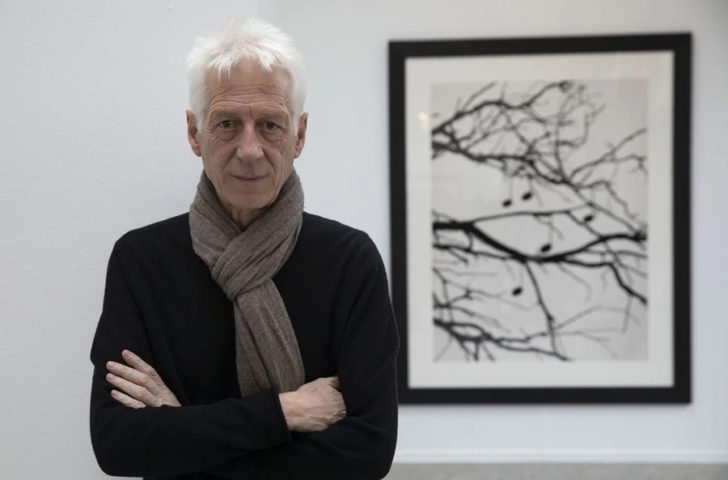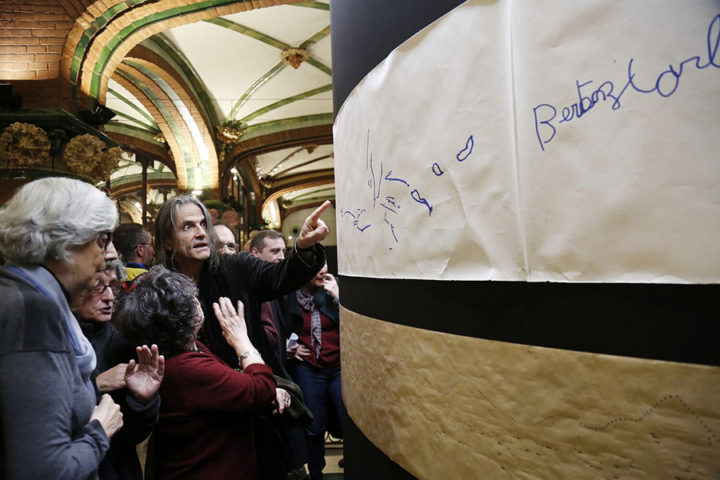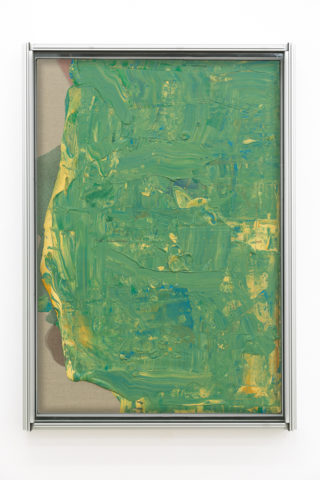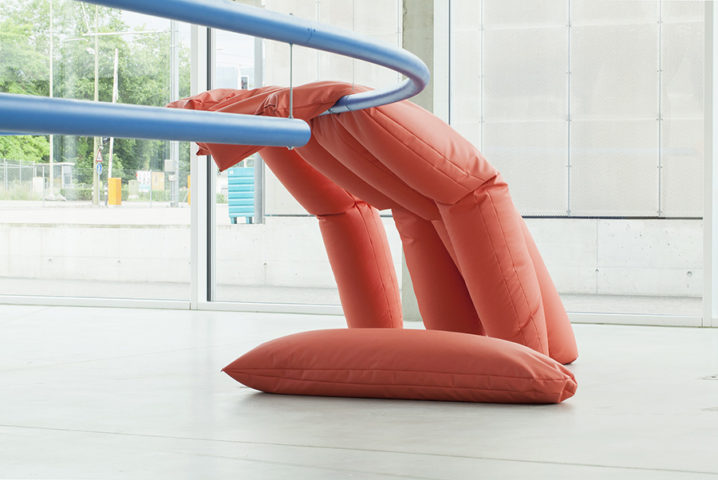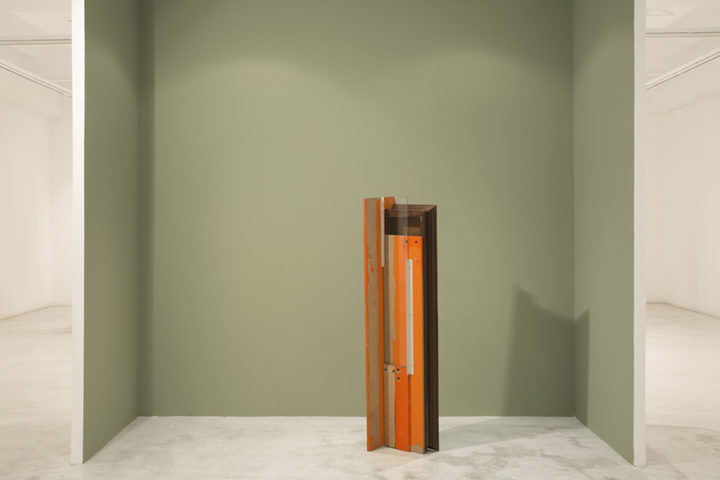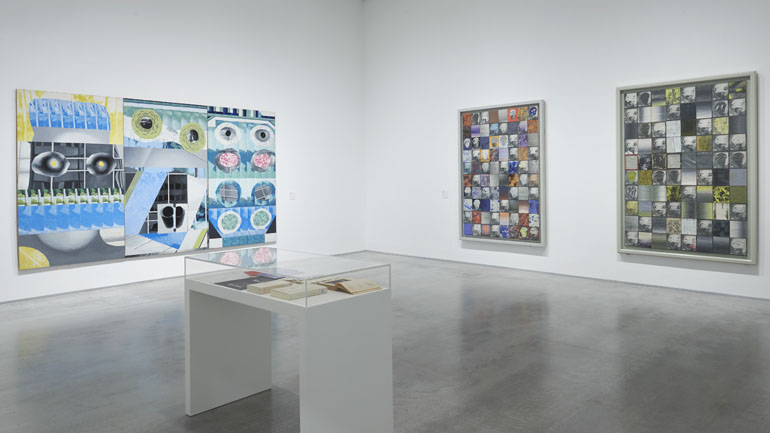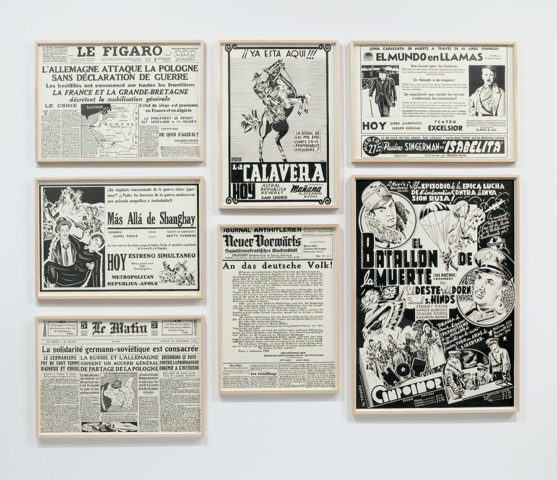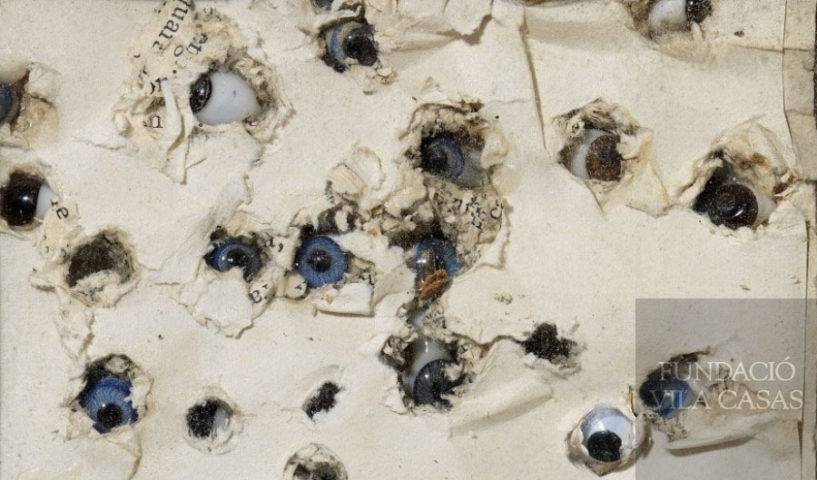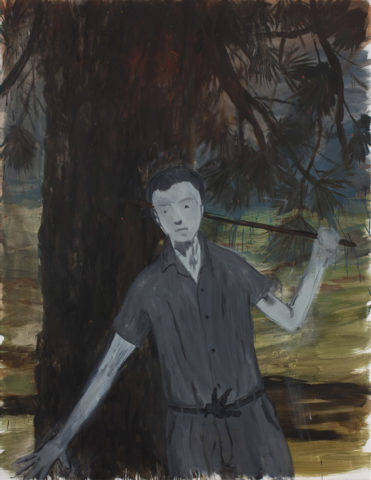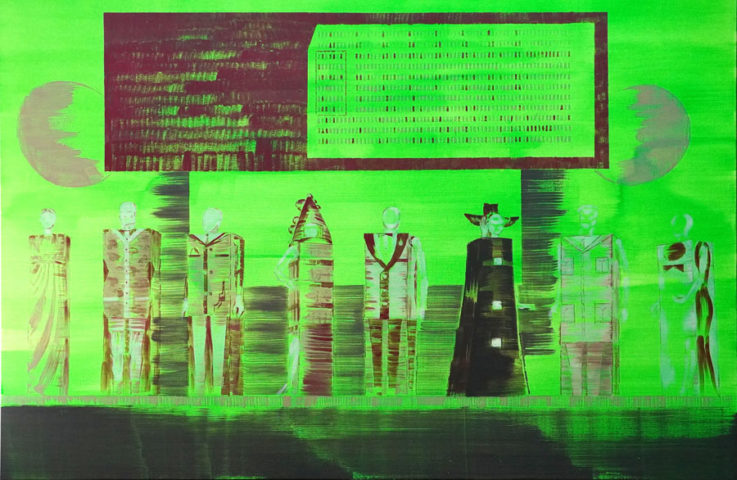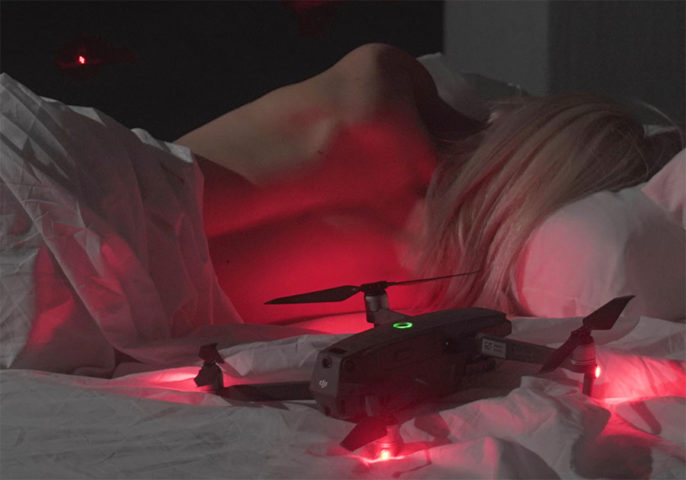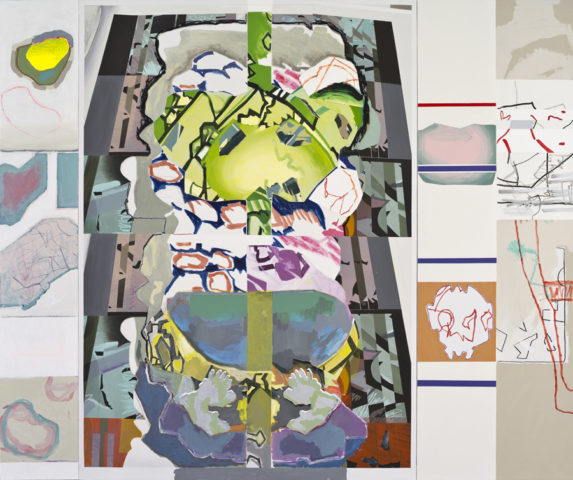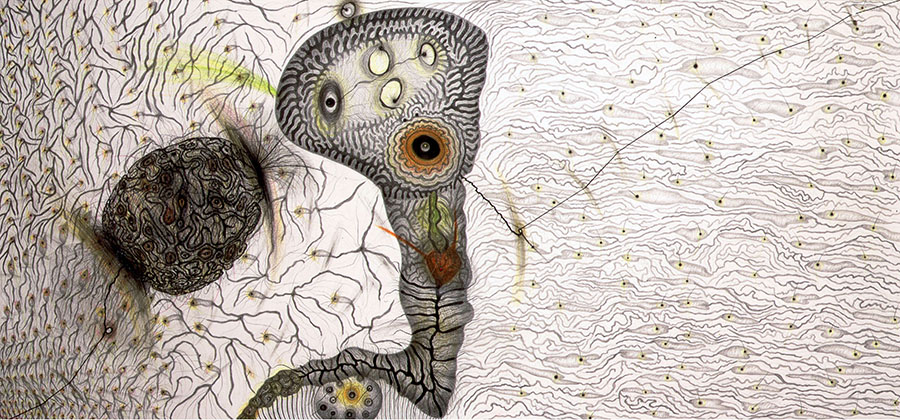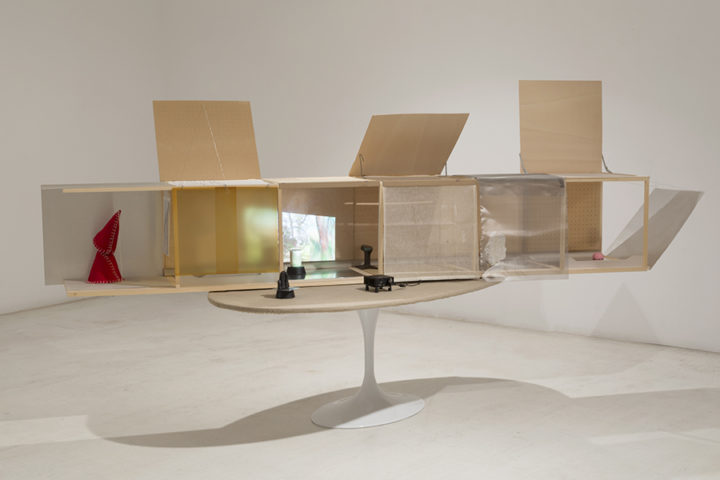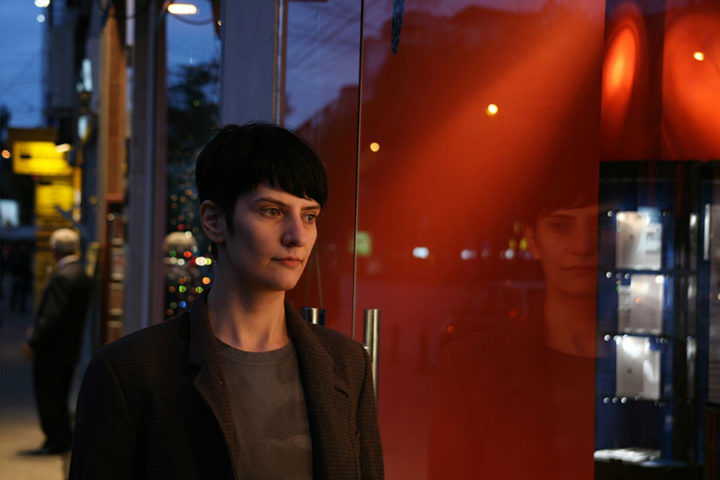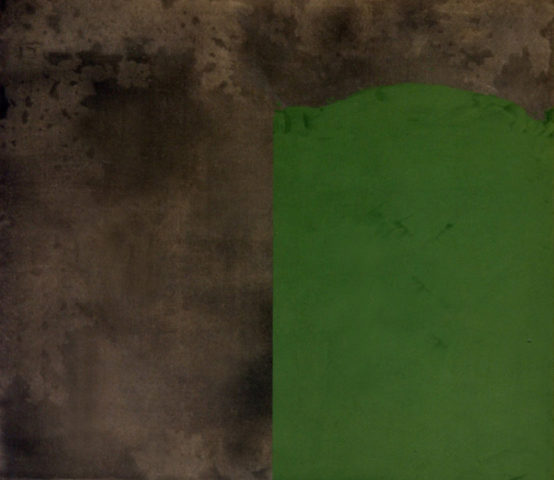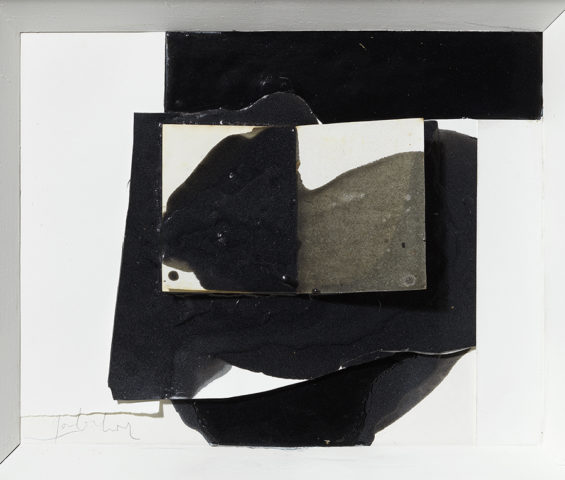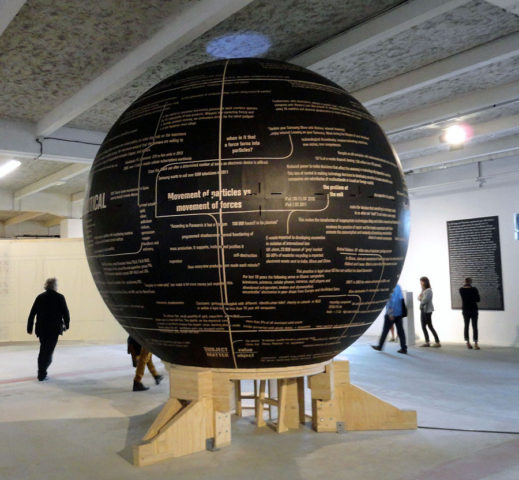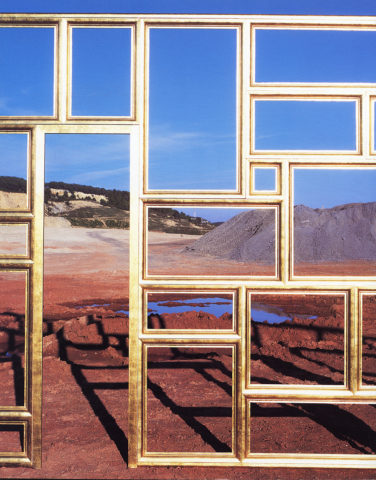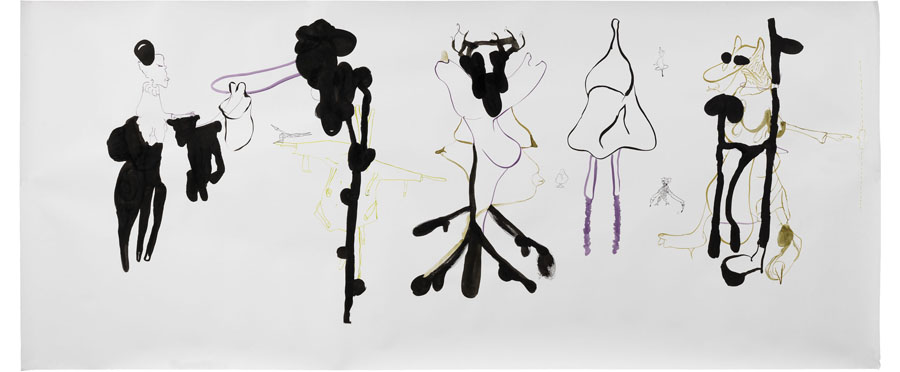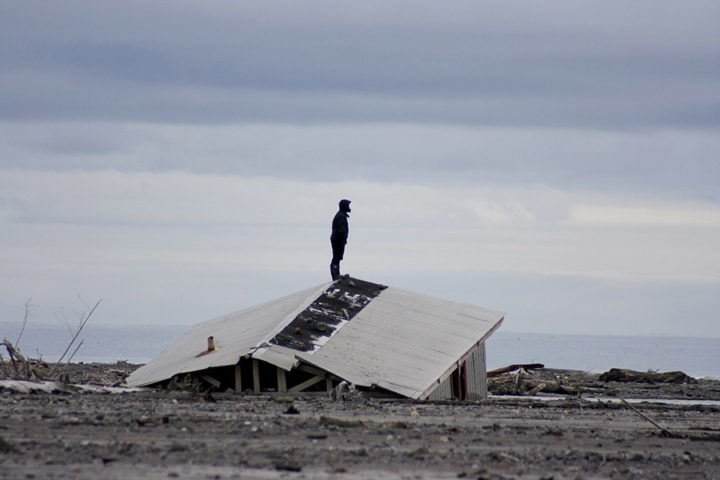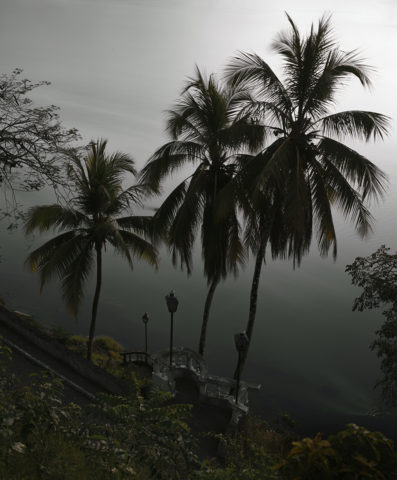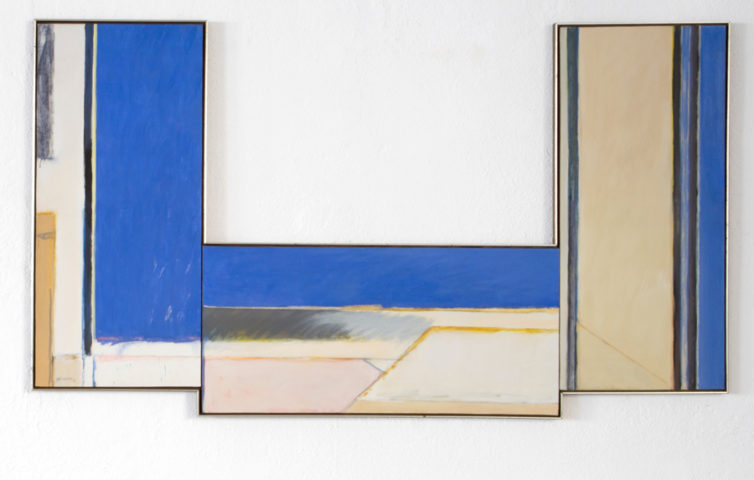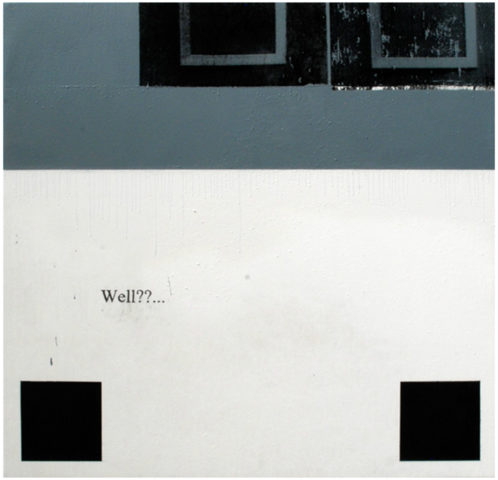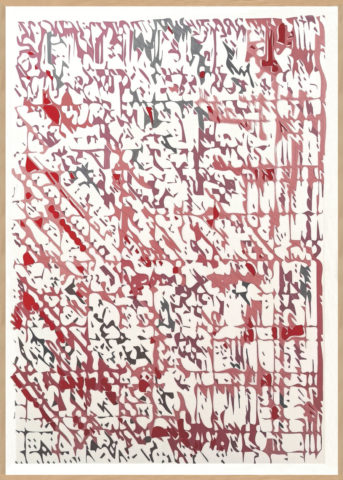Opening 29 March, 7 pm, with the presence of the artist
We are pleased to present the first solo exhibition of Tadáskía (Rio de Janeiro, 1993) at Galeria Joan Prats.
rara ocellet (Rare bird) brings together a selection of Tadáskía’s latest works developed during her residency at the Salzburger Kunstverein (Austria) and Barcelona between the end of 2022 and the beginning of 2023. The exhibition rara ocellet presents drawings, canvases, sculptures, photographs and a video installation and is accompanied by a text by Ingrid Blanco Díaz (Havana, 1972), independent curator and researcher based in Barcelona.
This exhibition is the door to the almost mystical imaginary of the artist, where she not only represents her work, but also her relationship with the world. The works that we will show transport us to a lively and colorful universe to offer us the dreams of her childhood or the intimacy of her family. In the exhibition, the figure of the bird stands out. “Ocellets is an affectionate way of calling birds in Catalan. It is also the name of the square next to where I was in Barcelona for the first time. Which made me think of the people and the food in the same way I think of the birds that migrate from one place to another, soon changing language and coexistence” (Tadáskía).
In the words of Ingrid Blanco: “rara ocellet brings together several of the narrative processes through which the artist unveils the tools she deploys to imagine and to take hold of herself. Her work is a constant research on her place in the world and how she relates to it. Through her performances, in her relationship with objects, materials, shapes, textures and colors, she expresses her identity and reveals the decisions she makes to build and exist. The community, the family, the body, emotional ties, forms of interconnection, life experiences, the magical and the ancestral are some of the axes that channel her work.”
Tadáskía’s production can be grouped into what curator Clarissa Diniz (Recife, Brazil, 1985) called “families,” sets of works with similar characteristics that create a relationship between them. The artist is interested in presenting the spirit of things, in a procedure located between figuration and abstraction; where the simple becomes mystical. In her drawings of volatile and sensitive qualities, often made with simple materials such as recycled paper, colored pencils or nail polish, singular assemblages coexist, sometimes complementary, sometimes dissident. “Depending on where we are, there can be transformations in form, color, line.” (Tadáskía)
Tadáskía is a visual artist, writer, trans and black. Her imaginary is backed by visible and invisible things. Whether in drawings, photographs, installations, textile works or “apparitions,” Tadáskía establishes a relationship with matter that can emerge from the encounter, creating around her Afrodiasporic imaginaries and a syncretic spirituality. In her works, the artist suggests other notions of time and space as opposed to binarisms, also raising questions in the fields of form, line and color.
Tadáskía (Rio de Janeiro, Brazil, 1993) lives and works between Rio de Janeiro and São Paulo. She holds a degree in Visual Arts from UERJ (2012-2016) and a Master’s degree in Education from UFRJ (2019-2021). In 2022 she had her first solo exhibition noite e dia in Sé, São Paulo, and also in Europe, during her residency at Homesession, Barcelona. She has participated in recent group exhibitions at MAM, São Paulo, 2022; ISLAA, New York; Triangle Asterides, Marseille; Framer Framed, Amsterdam; Madragoa, Lisbon; Casa de Cultura do Parque, São Paulo; Casa Zalszupin, São Paulo (2022); Pivô, São Paulo; Fortes D’Aloia & Gabriel, São Paulo; Galeria Luisa Strina, São Paulo; Casa da Cultura da Comporta; EAV Parque Lage (2021); Museu de Arte do Rio de Janeiro (2020-21); Paço Imperial, Rio de Janeiro; EAV Parque Lage, Rio de Janeiro (2019-2020). In 2023 she has been in residence at Salzburger Kunstverein, Salzburg.
Thanks to Loop, Homesession

